#eulipotyphla
Text


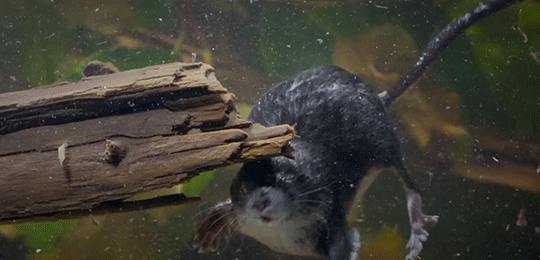
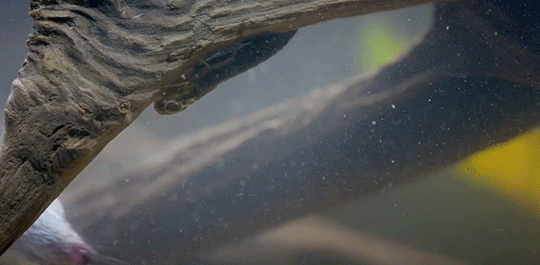
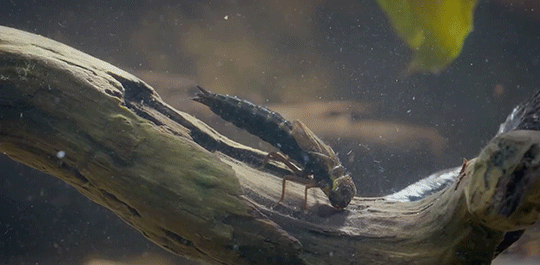
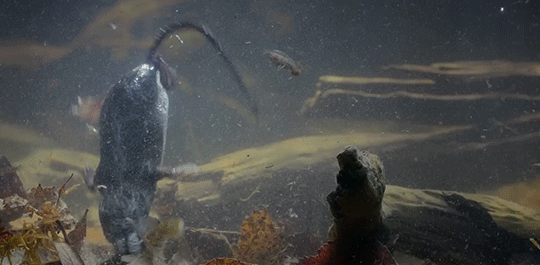
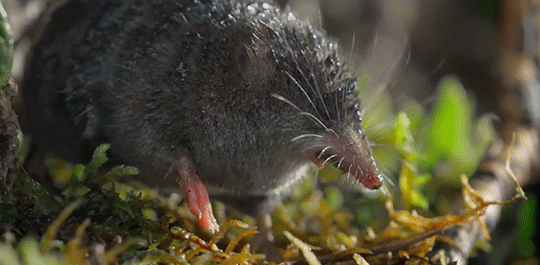
As the smallest diving mammal hunting for this water shrew lasts only a few seconds, but their technique underwater is remarkable. Their eyesight is poor so they rely on foraging along the bottom to find movement with their long whiskers. To find stealthier prey they have the rare ability to smell underwater. By blowing tiny bubbles of air they can detect scent particles in the water.
Nature on PBS
#water shrew#shrews#river#nature on pbs#tw successful hunting#mammalia#eulipotyphla#please look up what that word means. why did they do that to them hhfhdjf
9K notes
·
View notes
Text

An Ethiopian hedgehog or desert hedgehog (Paraechinus aethiopicus) rests in a garden in the United Arab Emirates
by Priscilla van Andel
#desert hedgehog#ethiopian hedgehog#hedgehogs#paraechinus aethiopicus#paraechinus#Erinaceidae#Eulipotyphla#Mammalia#chordata#animalia#wildlife: UAE#wildlife: asia
1K notes
·
View notes
Text

European mole (Talpa europaea)
Other acceptable names during the 1800's, apparently:

A Natural History of British and Foreign Quadrupeds. Written by James H. Fennell. 1843.
Internet Archive
391 notes
·
View notes
Text

Short-tailed Gymnure (Hylomys sp.), family Erinaceidae, order Eulipotyphla, Fraser's Hill, Malaysia
The gymnures/moonrats are in the same order as hedgehogs, moles, and shrews.
photograph by Nick Volpe Wildlife Photography
270 notes
·
View notes
Text
Uncharismatic Fact of the Day
It might be easy to overlook the least shrew mole-- they're the smallest species of mole in the world! Also known as the American shrew mole, these tiny critters are 10 cm (3.9 in) in length including the tail and weigh only 10 g (0.35 oz). That's lighter than a handful of jelly beans!

(Image: An American shrew mole (Neurotrichus gibbsii) by Bob Brett)
If you like what I do, consider leaving a tip or buying me a ko-fi!
311 notes
·
View notes
Text
Taxonomy Tournament: Mammals


Eulipotyphla. Meaning ''truly fat and blind'', this order contains hedgehogs and moles.
Chiroptera. This order is made up of bats, the only mammals capable of self-powered flight. It is the second-most speciose order of mammals, with over 1400 species.
#animals#biology#polls#poll tournament#zoology#hedgehogs#moles#mammals#tetrapods#bats#Eulipotyphla#Chiroptera#0x7fv0x80#animal tournament#Animal Tournament Round 1
69 notes
·
View notes
Text
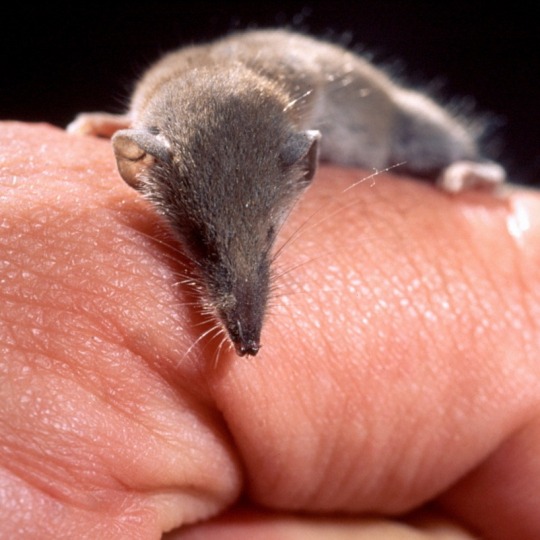
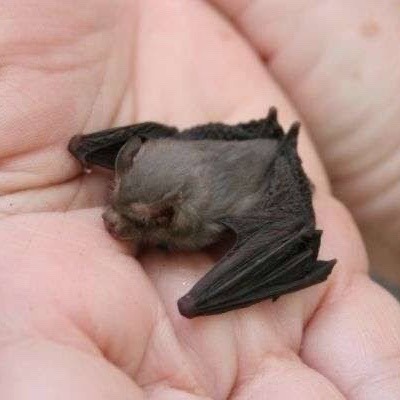


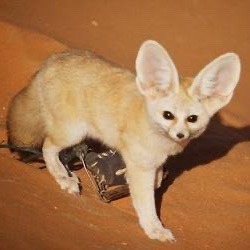


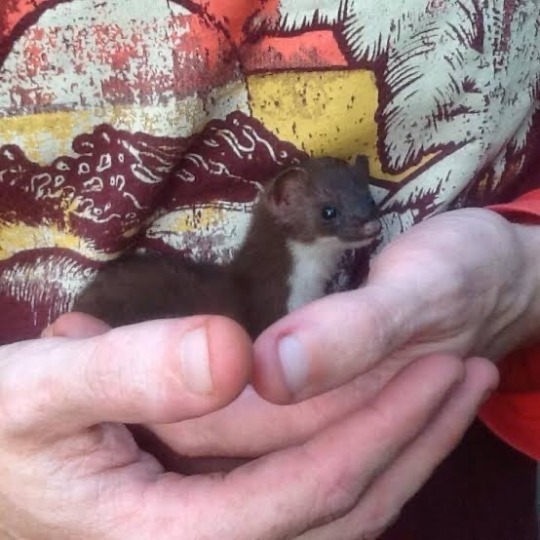

my collection of most smallest animals ...
the smallest mammal by mass: the etruscan shrew
the smallest mammal by length: the bumblebee bat
the smallest deer: the pudu. pictured is the fawn of a southern pudu which is second most to the northern pudu
the smallest cat: the rusty-spotted cat
the smallest dog: the fennec fox
the smallest primate: madame berthe’s mouse lemur
the current second smallest reptile: the nosy hara leaf chameleon. pictured is a juvenile. the nano-chameleon in the same genus is the current smallest
the smallest carnivore: the least weasel
the smallest bovid: the royal antelope. pictured is a fawn
#only snuck in 3 babies but how funny would it be to do the babies of the babies#☆#🐯#juvenile#etruscan shrew (suncus etruscus)#eulipotyphla#bumblebee bat (raseonycteris thonglongyai)#chiroptera#southern pudu (pudu puda)#cervid#rusty-spotted cat (prionailurus rubiginosus)#felid#fennec fox (vulpes zerda)#vulpes#canid#madame berthe’s mouse lemur (microcebus berthae)#primate#nosy hara leaf chameleon (brookesia micra)#reptilia#least weasel (mustela nivalis)#musteloid#royal antelope (neotragus pygmaeus)#bovid
71 notes
·
View notes
Text
It Came From The Wastebasket #01: Is This An Insectivore?
Most of the wastebasket taxa featured this month are completely extinct and known only from fossils, but to start things off let's take a look at a major example of how even groups with living members could have their classification muddled up for centuries.
———
The name Insectivora first came into use in the early 1820s, and was used to refer to various "primitive-looking" small insect-eating mammals, with modern shrews, moles, hedgehogs, tenrecs, and golden moles as the original core members.
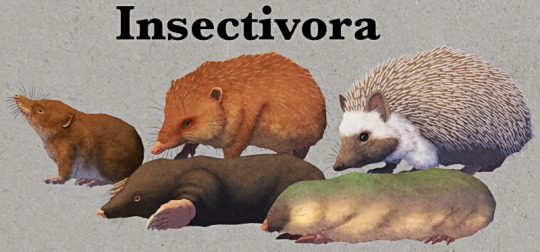
Then over the next few decades solenodons, treeshrews, sengis, and colugos all got lumped in with them too.
By the early 20th century insectivorans were considered to represent the "primitive" ancestral stock that all other placental mammals had ultimately descended from, and any vaguely similar fossil species also got dumped under the label. Extinct groups like leptictids, cimolestans, adapisoriculids, and apatemyids all went into the increasingly bloated Insectivora, too, making the situation even more of a wastebasket as time went on.
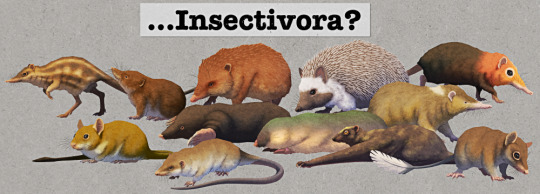
The problem was that the only characteristics that really united these various animals were very generic "early placental mammal" traits – small body size, five clawed digits on the hands and feet, relatively unspecialized teeth, and mostly-insectivorous diets – and attempts at making sense of their evolutionary relationships were increasingly convoluted.

(Image sources: http://hdl.handle.net/2246/358 & https://knowyourmeme.com/memes/pepe-silvia)
The rise of cladistic methods from the 1970s onwards resulted in a lot of "insectivores" finally being recognized as unrelated to each other, removing them from the group and paring things back down closer to the name's original definition. The idea that insectivorans were ancestral to all other placentals was abandoned, instead reclassifying them as being related to carnivorans, and the remaining members were recognized as just retaining a superficially "primitive" mammalian body plan.
Just shrews, moles, hedgehogs, solenodons, tenrecs, and golden moles were left, and to disassociate from the massive mess that had been Insectivora this version of the group was instead now called Lipotyphla.
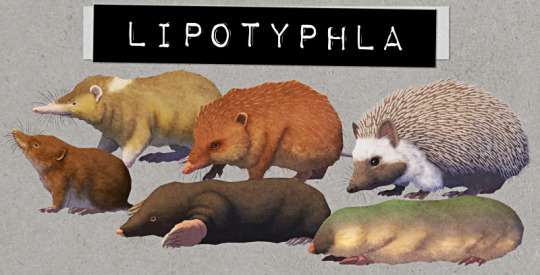
But there were still no unique anatomical links between the remaining lipotyphlans. And then once genetic methods became available in the late 1990s, something unexpected happened.
Studies began to suggest that tenrecs and golden moles were actually part of a completely different lineage of placental mammals, the newly-recognized afrotheres, with their closest relatives being sengis and aardvarks. Meanwhile the rest of the lipotyphlans were laurasiatheres, closely related to bats, ungulates, and carnivorans.
Lipotyphla was suddenly split in half. For a while it was unclear if even the remaining shrew-mole-hedgehog-solenodon group was still valid – hedgehogs' relationships were especially unstable in some studies – but by the mid-2000s things began to settle down into their current state.
Finally, after almost 200 years of confusion, the insectivore wastebasket has (hopefully) now been cleaned up. The remaining "true lipotyphlans" do seem to all be part of a single lineage, united by their genetics rather than by anatomical features, and are now known as Eulipotyphla.
A few fossil groups like nyctitheriids and amphilemurids are generally also still included, but since this classification is based just on their anatomy it isn't entirely certain. The only exception to this are the nesophontids, which went extinct recently enough that we've actually recovered ancient DNA from them and confirmed they were eulipotyphlans closely related to solenodons.
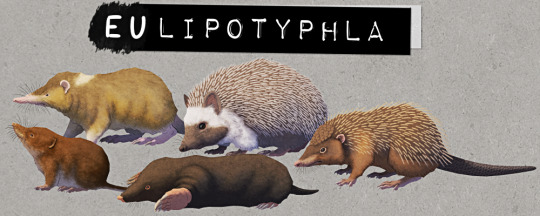
———
Nix Illustration | Tumblr | Twitter | Patreon
Bonus species IDs under the cut:

#it came from the wastebasket#wastebasket taxon#taxonomy#insectivora#lipotyphla#eulipotyphla#biology#paleontology#art#science illustration#paleoart#palaeoblr
387 notes
·
View notes
Text


bless their hearts
#shrew#shrews#animals#small mammals#eulipotyphla#insectivore#digital art#my art#artists on tumblr#extravagances
11 notes
·
View notes
Text

8 notes
·
View notes
Text
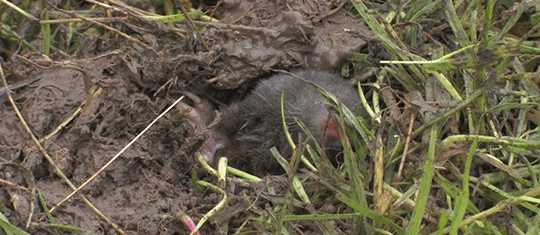

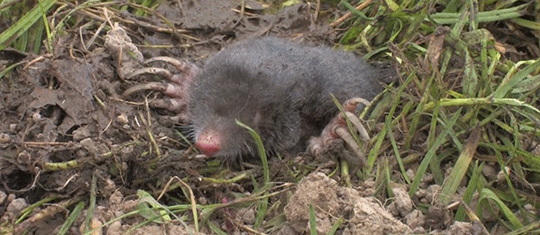


The European mole is well adapted to its fossorial lifestyle. It has small recessed eyes, a cylindrical body, and prominent sensory whiskers. Their front limbs have five extremely strong claws that are angled outward. Although gardeners have traditionally hated the sight of a mole hill, their presence indicates a thriving garden with a healthy ecosystem.
©The British Mammal Guide
#mole#european mole#grass#insectivore#mammalia#eulipotyphla#request#effulgentpoet#any denizens of Redwall Abbey are ALWAYS welcome on this blog
389 notes
·
View notes
Text

A long-eared hedgehog (Hemiechinus auritus) in Cyprus
by Cyprus Birding Tours And Wildlife Tours
#long eared hedgehog#hedgehogs#hemiechinus auritus#hemiechinus#Erinaceidae#Eulipotyphla#mammalia#chordata#wildlife: cyprus#wildlife: asia
348 notes
·
View notes
Text
Batodonoides vanhouteni, possibly the smallest mammal. Ever.

With Hatsune Miku for scale:

6 notes
·
View notes
Text
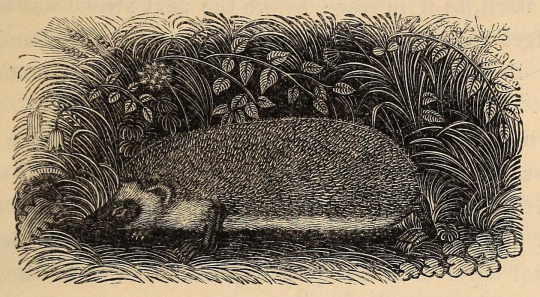
European hedgehog (Erinaceus europaeus)
A Natural History of British and Foreign Quadrupeds. Written by James H. Fennell. 1843.
Internet Archive
151 notes
·
View notes
Text

Hispaniolan Solenodon (Solenodon paradoxus), family Solenodontidae, order Eulipotyphla, found on the Caribbean island of Hispaniola (Haiti and Dominican Republic)
This nocturnal insectivorous mammal is venomous.
They are in the same order as moles, hedgehogs, and shrews.
photograph by Pedro Genaro Rodriguez
367 notes
·
View notes
Text
Uncharismatic Fact of the Day
Nothing is faster than the star-nosed mole-- at least when it comes to reflexes. Using the specialized tentacles on its nose, a star-nosed mole can identify, capture, and consume individual food items in less than 130 milliseconds! That's three times faster than a driver reacts to a red light, and is thought to be the absolute limit at which neurons can fire.
You can read more about the star-nosed mole here!
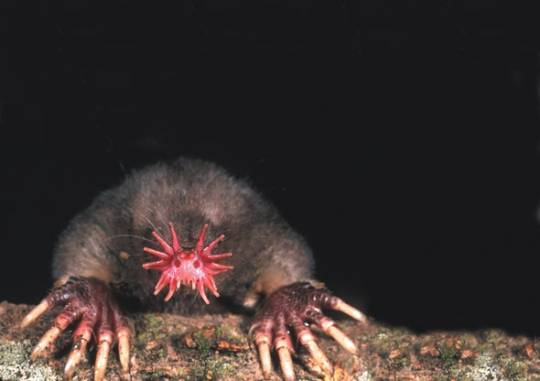
(Image: A star-nosed mole (Condylura cristata) by Kenneth Catania)
If you like what I do, consider leaving a tip or buying me a ko-fi!
159 notes
·
View notes